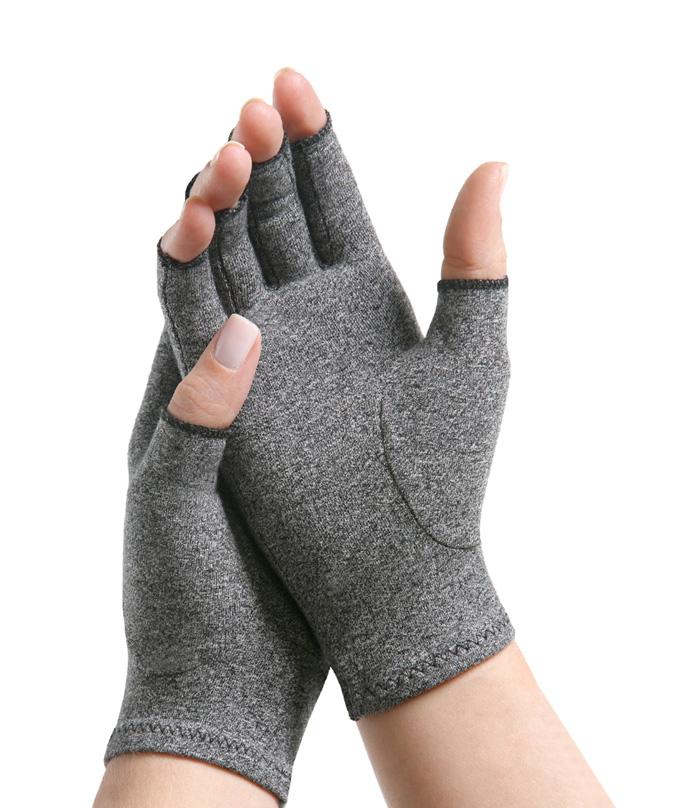Understanding the Anatomy of the Lower Back
 The lower back is also known as the lumbar spine. We’ll look in some detail at the anatomy of the lumbar spine. We’ll also discuss the sacrum and coccyx which are found at the lowermost end of the low back. Innervation along the low back affects the musculature of both the low back and entire lower body.
The lower back is also known as the lumbar spine. We’ll look in some detail at the anatomy of the lumbar spine. We’ll also discuss the sacrum and coccyx which are found at the lowermost end of the low back. Innervation along the low back affects the musculature of both the low back and entire lower body.
The interaction and structure of the spine, bones, muscles and nerves of the low back are such that they allow for extention, flexion and flexibility of the low back.
Lumbar Spine
The lumbar spine is comprised of five vertebrae known as L1 through L5. These vertebrae are larger than those higher up on the spinal column because they bear the brunt of the weight of the body. The lower the vertebra in the spine the more weight it bears. Each vertebra is separated by a spinal disc. These discs have a hard tough exterior with a soft jellylike interior and provide a cushioning shock absorption for the back bones or vertebrae.
Sacrum and Coccyx
The sacrum and coccyx are commonly referred to as the tailbone. At birth, the sacrum is made of five separate bones which fuse together around the mid teen years. The coccyx begins as four small bones which fuse together during the twenties. Our ability to stand erect and walk is aided greatly by the sacrum which is a large flat bone in an adult upon which all the other vertebrae of the spine rest.
- The sacrum articulates with the hip bones forming the sacroiliac joint.
- The coccyx is really just a small bone in an adult located beneath the sacrum which is the remains of what would have been the tail in our ancestors. It is commonly injured by fracture or bruising during childbirth or a hard fall on the buttocks.
In forensic medicine these bones are very useful in identifying ages of bodies based on the state of fusion and curvature differences between male and female, where female curves less to allow the passage of a baby during childbirth.
Nerves of the Lower Back
The spinal cord does not run through the lumbar spine. It stops in the lower thoracic spine and the nerve roots of the lumbar and sacral areas emerge from the bottom of the cord. They look like a horses tail and are fittingly named cauda equina which actually means horse’s tail.
The sciatic nerve is the one we are very familiar with as it is the culprit in much of the low back pain experienced. In total there are five lumbar nerves, 5 sacral nerves and I coccyx nerve.

Musculature of the Low Back
Most low back pain can be attributed to muscle strain. Because the main muscles of the low back are large and dense, pain can be extreme. Most of us will experience it at some point to some degree.
- Erector Spinae is a large muscle mass originating near the sacrum and running up vertically on both sides of the spine. It keeps the back straight and provides for side to side rotation in the lumbar area. The thracolumbar fascia is a large dense tissue which covers it and provides additional support and stability.
- The Glutes, Gluteus Medius and Gluteus Maximus, originate in the low back. They are large dense muscles of the buttocks allowing the ability to sit without any weight bearing from the feet.
- Quadratus Lumborum is another important lower back muscle. It is involved in lateral flexion of the spine, extension of the lumbar vertebrae, elevation of the ilium as well fixation of the 12th rib during exhalation.
In conclusion of our look at the anatomy of the low back we have seen that it is very important in our ability to walk upright and use the correct back support. The low back bears the weight of the body and provides more movement and flexibility than any other spinal portion. Because we rely so much on our lower backs for mobility, injury and pain here is especially concerning.
You can check out this article: 3 Best Back Braces For Annoying Back Pain in 2019 (With Real Reviews)
Images (c) CanStockPhoto.com






Leave a comment